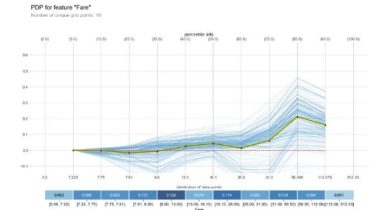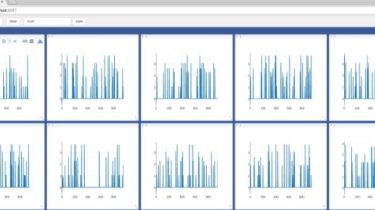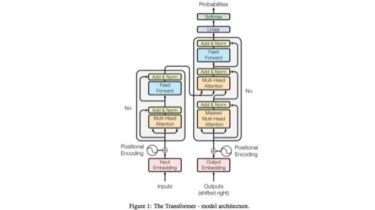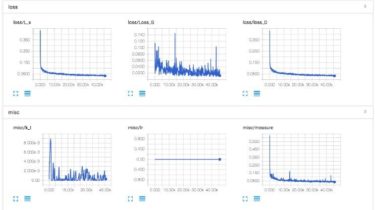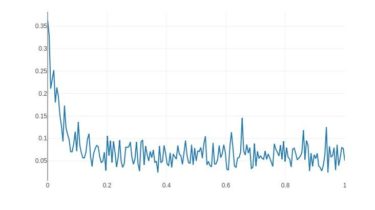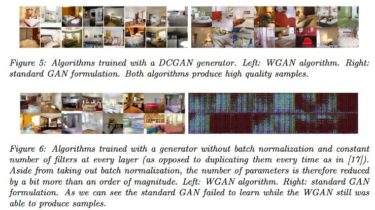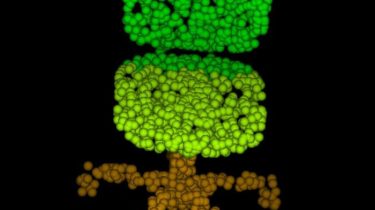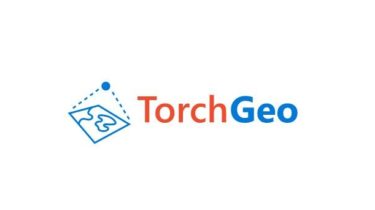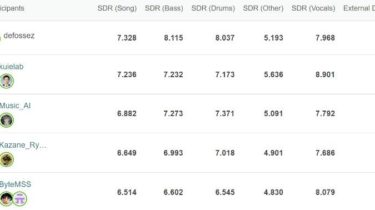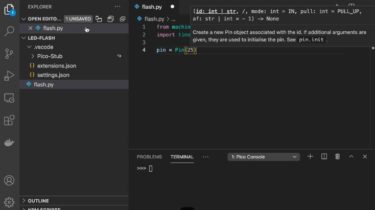A Large-Scale PyTorch Language Model trained on the 1-Billion Word (LM1B) / (GBW) dataset
GitHub – rdspring1/PyTorch_GBW_LM: PyTorch Language Model for 1-Billion Word (LM1B / GBW) Dataset PyTorch Language Model for 1-Billion Word (LM1B / GBW) Dataset – GitHub – rdspring1/PyTorch_GBW_LM: PyTorch Language Model for 1-Billion Word (LM1B / GBW) Dataset
Read more